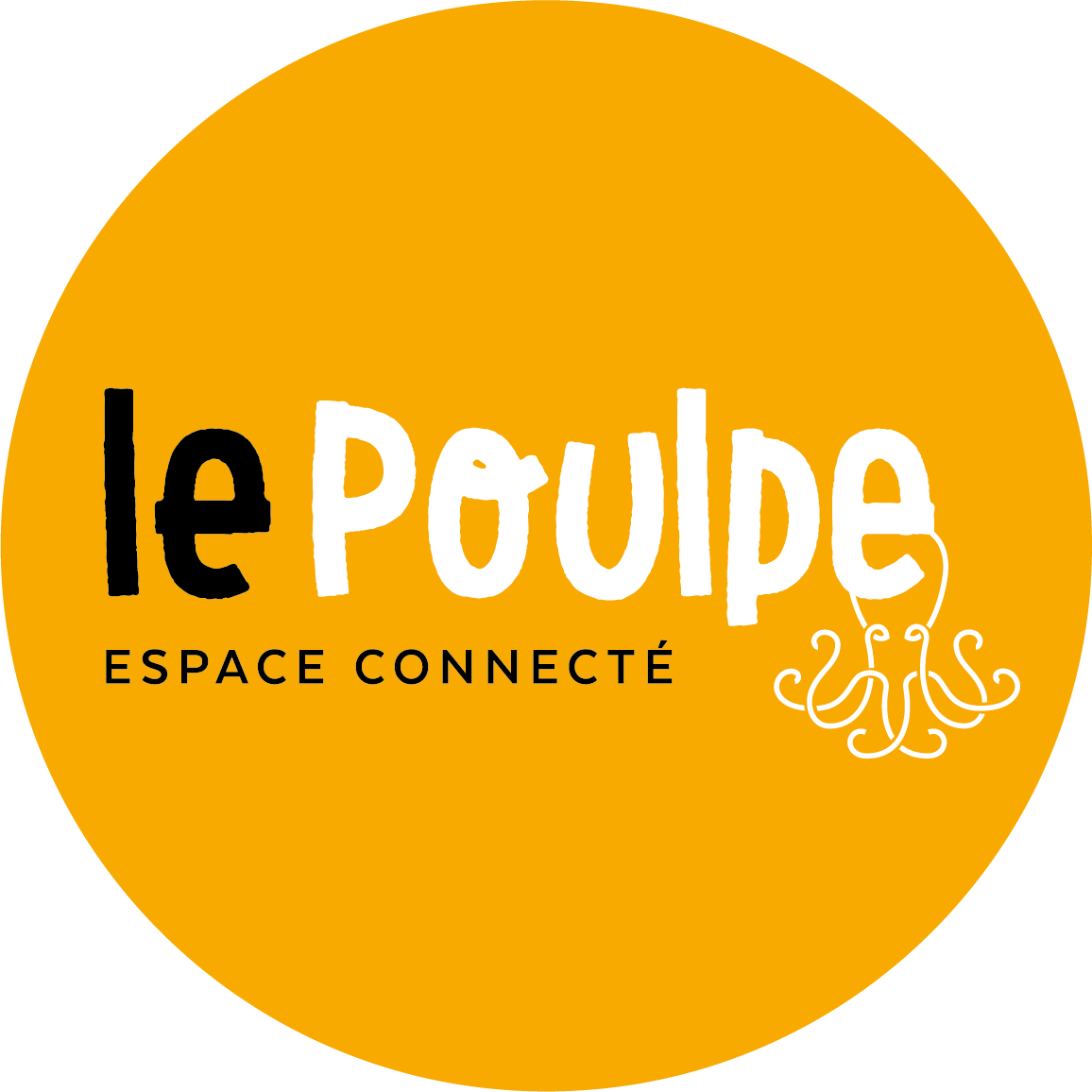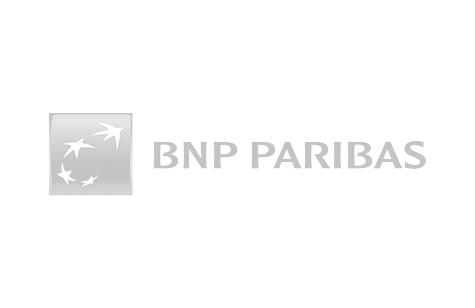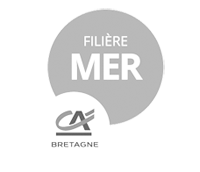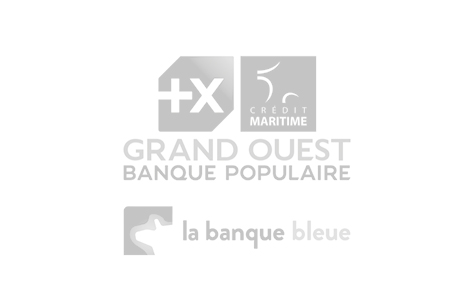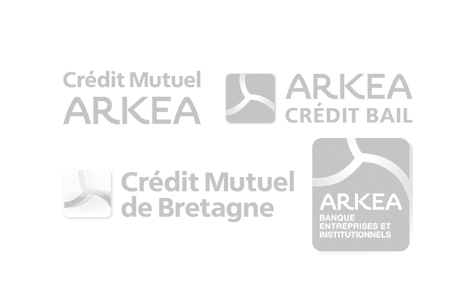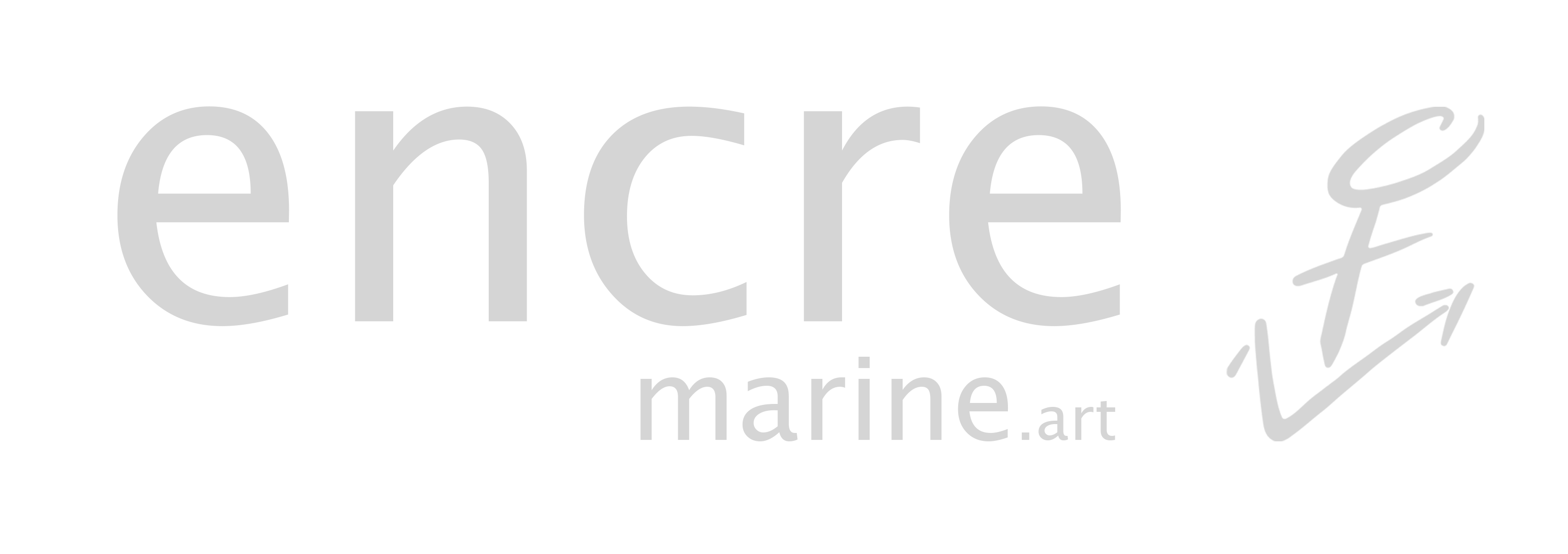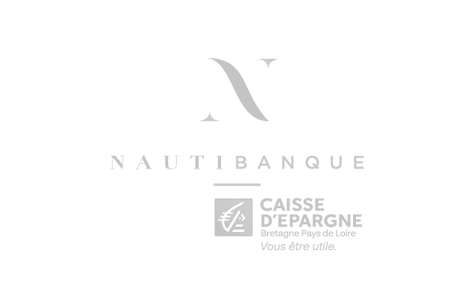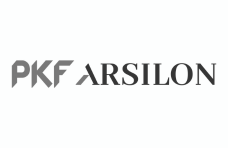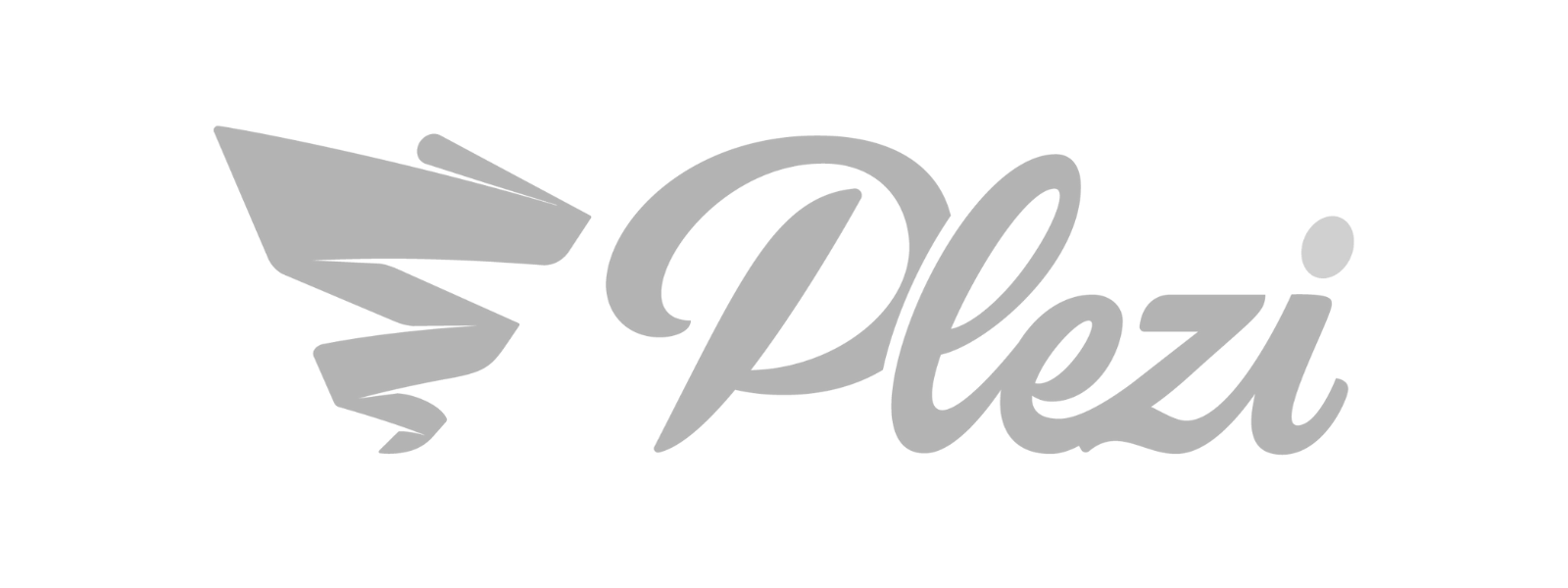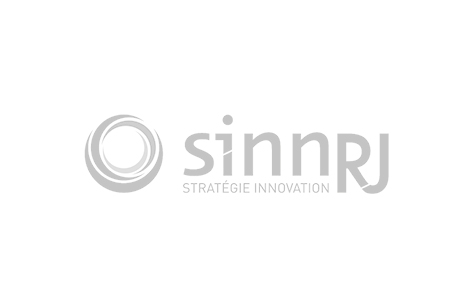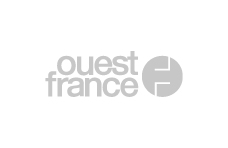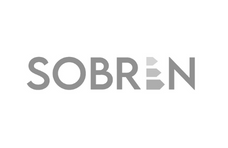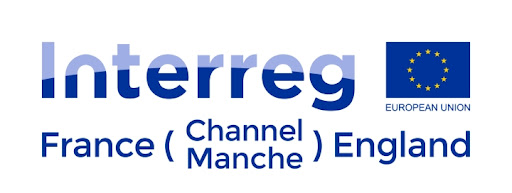Coastal habitats are complex, fragile environments that are sensitive to environmental change. They demand a multidisciplinary approach for a more effective response to the scientific (understanding processes and risks) and societal issues (sustainable management) involved.
The RICOCHET project has three main objectives:
- To understand the current dynamics of land/sea as a whole (beach/cliff/hinterland) with an estimate of sediment exchange along the coast.
- To take account of the impact of global warming (increase in storm frequency and rising sea level) on the cliff/beach system.
- To help decision-makers acquire appropriate tools for sustainable coastal management.
To do this, 3 areas along the Normandy coast that are particularly concerned with coastal risks and global change will be tested: from Houlgate to Honfleur in Calvados, from Quiberville to Puys in Seine Maritime and from Criel to Ault between Seine Maritime and Somme.
Partners
COM_PROJECTS_CATEGORIE_PARTNER_ENTREPRISES
- - Azur Drones Entreprise, Paris
Research centers
- - Université de Caen Normandie, UMR 6554, Littoral, Environnement, Géomatique, Télédétection (LETG), Caen [Project Developer]
- - BRGM, Direction Risques et Prévention, Orléans
- - Institut Régional du Développement Durable (IRD2), Caen
- - Université de Bretagne Occidentale, UMR 6538, Laboratoire Domaines Océaniques (LDO), Brest
- - Université de Bretagne Occidentale, UMR 6554, LETG-Brest Geomer, Brest
- - Université de Rouen Normandie, UMR 6143, Morphodynamique Continentale et Côtière (M2C), Mont-Saint-Aignan
Funder
Agence Nationale de la Recherche
PDF




